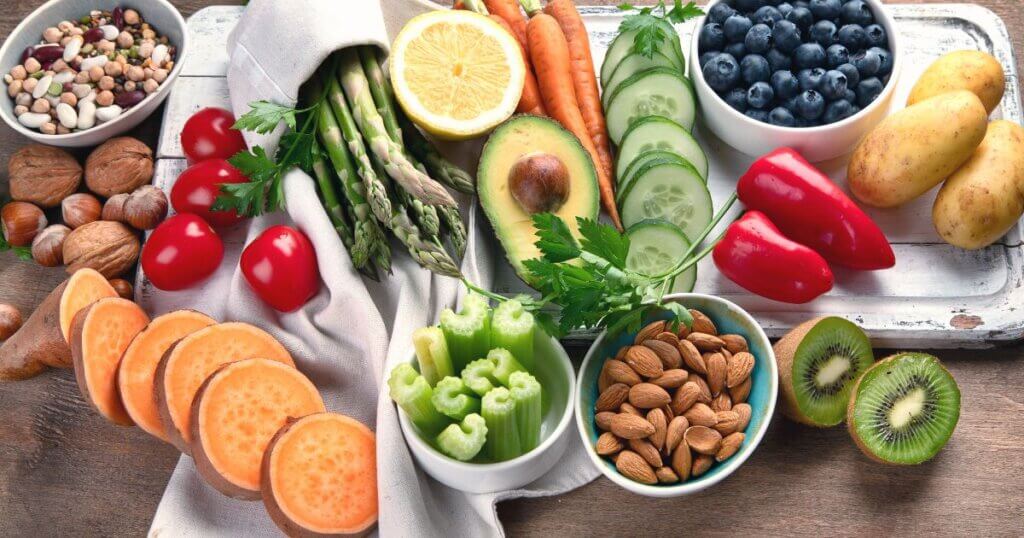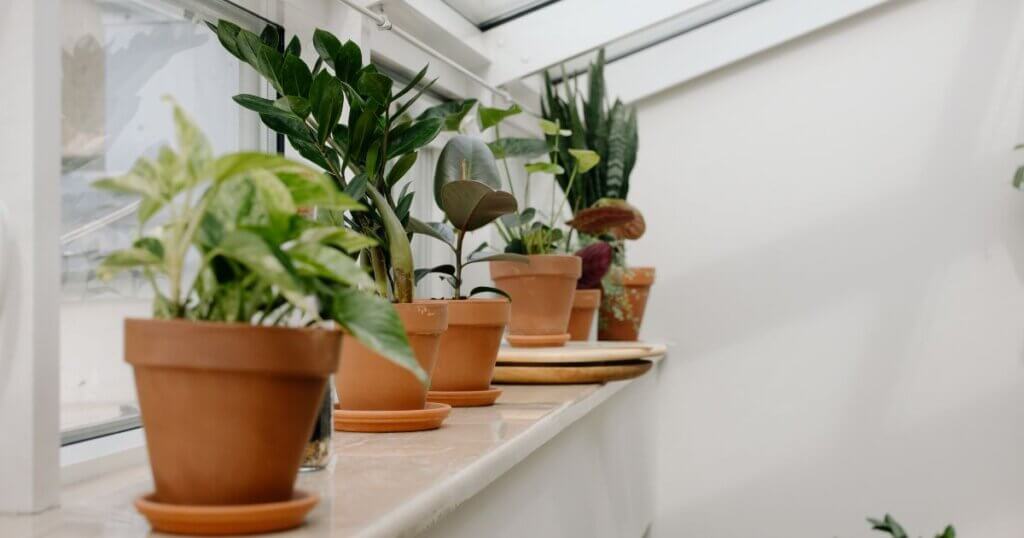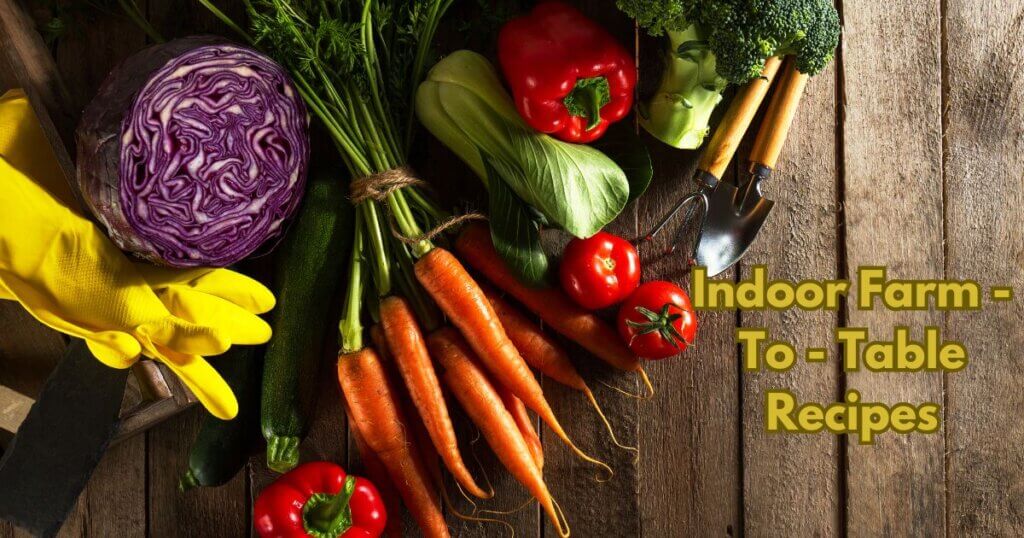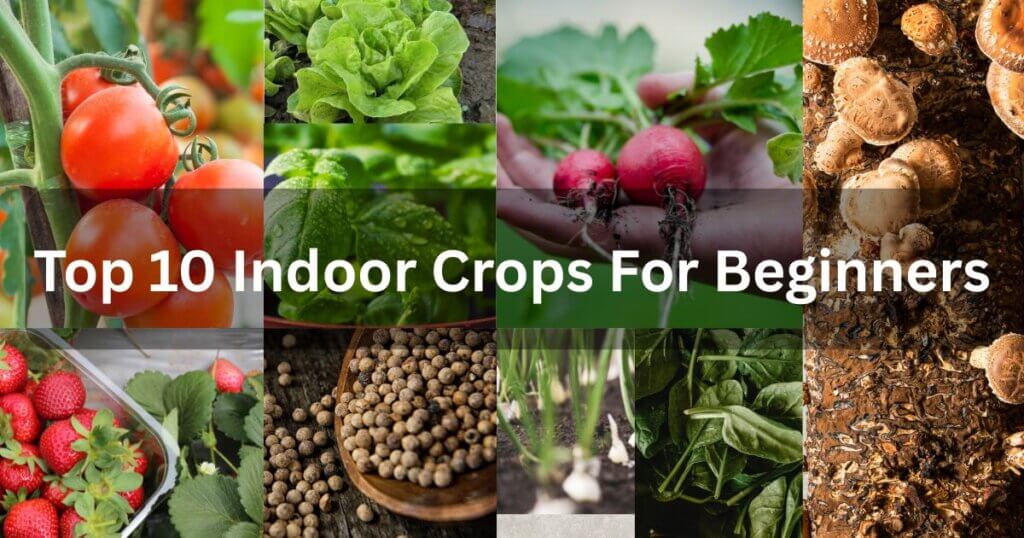Discover the Best Indoor Crops to Grow Year-Round

Indoor Farming Hub is an Amazon Associate and earns from qualifying purchases.
Indoor gardening isn’t just a hobby; it’s a lifestyle that lets you grow fresh, delicious produce no matter the season. Growing crops indoors is like having a mini farmer’s market in your home, from leafy greens to aromatic herbs. So, what are the best indoor crops you can grow? Let’s dive in and create the garden of your dreams.
Table of Contents
Why Grow Indoor Crops?
Imagine enjoying crisp, home-grown lettuce or sprinkling fresh basil over your pasta. Indoor gardening ensures year-round fresh produce without weather or space constraints. Whether for health, sustainability, or sheer joy, the benefits are endless: full control over growing conditions, savings on groceries, and a reduced carbon footprint.
Essential Tips for Growing Indoor Crops
Before planting, setting up your indoor garden properly is crucial to ensure healthy plant growth and long-term success. Choosing the right location with sufficient light, proper ventilation, and stable temperatures will create the ideal environment for your crops. Investing in quality containers with good drainage and selecting nutrient-rich potting soil will prevent common issues like root rot and nutrient deficiencies. A little preparation ensures a thriving and productive space, making your indoor gardening journey smoother and more enjoyable.
Choosing the Right Lighting
Light is essential for plant growth, making proper lighting a top priority. LED grow lights offer full-spectrum energy-efficient illumination, mimicking sunlight for healthy plants. Natural light helps, so place plants near south-facing windows while using sheer curtains to diffuse harsh rays. Keep plants evenly exposed by rotating them and using timers to maintain a consistent 12-16-hour light cycle.
Proper lighting is essential for indoor gardening success. The VIPARSPECTRA LED Grow Light provides a full spectrum that mimics natural sunlight, helping your leafy greens, herbs, and fruiting plants thrive indoors year-round. It’s energy-efficient, easy to set up, and ideal for beginners and pros alike.
Maintaining the Right Temperature & Humidity
Temperature and humidity directly impact plant health and yield. Most crops thrive between 65°F-75°F, with leafy greens preferring cooler conditions and herbs flourishing in warmth. Use humidifiers, pebble trays, or water evaporation to maintain moisture, but ensure airflow to prevent mold or pests. Digital thermometers and hygrometers help fine-tune the environment for optimal growth.
Monitoring temperature and humidity is crucial for healthy crops. The Govee Hygrometer Thermometer offers accurate digital readings and even syncs with your phone, so you can easily maintain the perfect environment for your indoor plants.
Choosing the Best Soil & Fertilizer
Indoor plants need nutrient-rich, well-draining potting mixes instead of dense garden soil. Look for blends containing compost or peat moss for moisture retention. Over time, soil loses nutrients, so supplement with organic fertilizers tailored to your crop type. Slow-release fertilizers work well for consistent feeding, but avoid over-fertilizing to prevent root damage.
Proper Irrigation for Healthy Crops
Overwatering is a common mistake, leading to root rot and plant stress. Always use well-draining pots and water only when the top inch of soil feels dry. Invest in a moisture meter to prevent guesswork and water in the morning to allow proper absorption. Room-temperature water prevents root shock, while controlled irrigation ensures strong, thriving plants.
Overwatering is a common indoor gardening mistake. The XLUX Soil Moisture Meter removes the guesswork by instantly showing whether your plants need watering, ensuring strong and healthy roots without risking rot.
Top 10 Best Indoor Crops
Leafy Greens: Easy & Nutritious
Lettuce, spinach, kale, and Swiss chard grow fast and require little effort. They thrive in containers with good drainage, needing consistent moisture but avoiding soggy roots. Harvest regularly by snipping outer leaves for continuous growth.
Herbs: Flavorful & Low-Maintenance
Basil, mint, parsley, and thyme are space-saving, air-purifying, and aromatic. Grow them in well-draining pots with moderate watering and plenty of light. Regular pruning keeps them healthy while providing fresh herbs for cooking.
Root Vegetables: Compact & Productive
Radishes, baby carrots, and beets flourish in deep containers with loose soil. They prefer cool temperatures and need consistent moisture to develop properly. Radishes mature in just weeks, while baby carrots and beets take a bit longer.
Fruiting Plants: Vibrant & Delicious
Compact tomatoes and peppers bring color and flavor indoors. They need deep containers, nutrient-rich soil, and 8-10 hours of light. Assist pollination by shaking plants or using a small brush for better fruit production.
Microgreens & Sprouts: Quick & Nutritious
Broccoli sprouts, sunflower shoots, and pea shoots grow fast and pack nutrients. Microgreens need shallow trays with soil, while sprouts grow in water with daily rinsing. Both provide fresh, healthy additions to any meal.
Advanced Indoor Gardening
Unique & Exotic Indoor Crops
Grow turmeric, ginger, or dwarf fruit trees like lemons to add variety to your indoor garden. These plants require specific temperature, humidity, and light conditions to thrive. With proper care, they produce flavorful, homegrown harvests that can’t always be found in stores. Though they take patience, the results are well worth the effort.
Overcoming Common Indoor Gardening Challenges
Pests like aphids and spider mites can be managed using neem oil or insecticidal soap. If space is limited, vertical shelves, hanging planters, and stackable pots help maximize growing areas. Overwatering is a common issue, but using well-draining soil and breathable pots prevents root rot. Proper air circulation and humidity control also contribute to a healthier indoor garden.
Hydroponics: A Soil-Free Alternative
Hydroponics allows plants like lettuce, strawberries, and basil to grow directly in water enriched with nutrients. This method eliminates the need for soil, reducing mess and lowering the risk of soil-borne diseases. It also promotes faster plant growth and higher yields due to constant nutrient availability. With the right setup, hydroponic gardening can be an efficient and space-saving alternative to traditional methods.
For a soil-free, hassle-free way to grow herbs, veggies, and more, the AeroGarden Harvest Indoor Hydroponic Garden is a top pick. It’s a compact, countertop hydroponic system with built-in lights and automatic reminders for watering and feeding.
Smart Gardening Technology
Automate watering, lighting, and fertilization with smart gardening systems for hands-free plant care. Sensors monitor soil moisture, temperature, and light levels, ensuring optimal growing conditions. Timers allow precise control over light cycles, which is especially useful for plants needing specific day lengths. These technologies make indoor gardening more convenient, efficient, and beginner-friendly.
Automate your indoor gardening with the Moistenland Smart Indoor Garden Kit. This innovative system controls light and watering schedules, making it easy to grow fresh greens, herbs, and flowers without daily maintenance.
Budget & Seasonal Gardening Tips
Saving Money on Indoor Gardening
Reuse containers like yogurt cups, egg cartons, or old jars to cut costs and reduce waste. Create DIY grow lights using affordable LED bulbs to provide adequate lighting for plants. Shop for second-hand gardening tools at thrift stores or online marketplaces to save money. Grow leafy greens in winter when they thrive in cooler temperatures, and focus on fruiting plants like tomatoes and peppers in summer for better yields.
Beginner-Friendly Crops
Lettuce is a great starter plant because it grows quickly and requires minimal care. Basil thrives indoors with just a sunny windowsill and occasional watering. Radishes mature in a few weeks, making them a satisfying choice for new gardeners. These crops are resilient and provide fresh harvests with little effort.
Maximizing Indoor Yields
Vertical gardening with shelves or hanging planters helps maximize space in small areas. Companion planting, like growing basil near tomatoes, enhances plant health and productivity. Using grow lights and rotating plants ensures even growth and higher yields. With smart planning, even a tiny apartment can produce an impressive amount of food.
Maximize your indoor space beautifully with the Mkono Wall Hanging Planter Set. Perfect for vertical gardening, these stylish planters let you grow more herbs, greens, or flowers even in the smallest areas.
Harvesting & Storage
Picking leafy greens frequently encourages new growth and prevents plants from becoming bitter. Herbs like basil and mint can be dried or frozen for long-term use. Root vegetables, such as carrots, last longer when stored in cool, dark places. Proper harvesting and storage techniques help maintain freshness and reduce waste.
Conclusion: Start Growi
Conclusion: Start Growing Today
Indoor gardening is an enjoyable and rewarding way to have fresh, homegrown food year-round. With a little planning and care, anyone can cultivate a thriving indoor garden. Whether growing herbs on a windowsill or using hydroponics, there are options for every space and skill level. Start today and experience the joy of harvesting your produce!
FAQs – Best Indoor Crops
1. What are the best indoor plants for low-light conditions?
Some great low-light indoor crops include spinach, mint, green onions, and mushrooms. These plants can thrive with minimal natural light and may only require supplemental LED grow lights.
2. How do I prevent mold and mildew in my indoor garden?
Proper air circulation is key—use a small fan to keep air moving and avoid excessive humidity. Water plants only when needed, and ensure pots have drainage holes to prevent standing water.
3. Can I grow root vegetables like potatoes and carrots indoors?
Yes! Use deep containers with loose, well-draining soil for crops like carrots, radishes, and even small potato varieties. Keep them in a sunny spot or under grow lights for the best results.
4. How do I pollinate indoor fruiting plants like tomatoes and peppers?
Without outdoor pollinators like bees, you can manually pollinate flowers by gently shaking the plant or using a small paintbrush to transfer pollen between flowers.
5. What are the best organic fertilizers for indoor gardening?
Compost tea, worm castings, and diluted fish emulsion are excellent organic options. They provide essential nutrients without the risk of chemical buildup in container-grown plants.
Other useful Sites related to the best indoor crops
- Terrific Tips to Grow an Indoor Garden All Year Long
This comprehensive guide from the National Garden Bureau offers practical advice on lighting, temperature control, container selection, and choosing the right plant varieties for successful indoor gardening. - The 13 Best Indoor Plants for Gorgeous Greenery and Healthier Air
Architectural Digest provides a curated list of indoor plants that enhance your home’s aesthetics and improve air quality. The article includes care tips to help each plant thrive indoors. - Complete Guide to Indoor Gardening + Top 3 Smart Gardens
Planet Natural offers an in-depth guide to growing herbs, vegetables, and flowers indoors. It covers essential topics like space selection, lighting, and smart gardening kits. - 12 Indoor Gardening Tips for the Best Success
Bob Vila shares valuable tips for indoor gardening success, including container selection, soil quality, and plant care strategies to ensure a bountiful indoor harvest. - Can You Grow Vegetables Indoors? 10 Easiest Types to Try
Better Homes & Gardens discusses the feasibility of growing vegetables indoors, highlights ten easy-to-grow varieties, and provides tips on lighting, container selection, and watering practices.
Some Interesting Best Indoor Crops Videos










